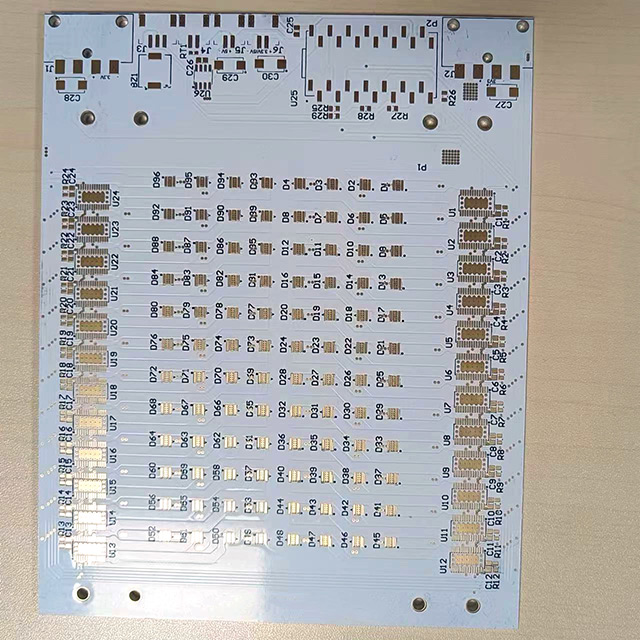As per the example given in the
NICEIC TECHNICAL MANUAL, of a RING circuit, calculated using the
KIRCHOFF equation.
Here is a
SPREADSHEET with formulas for the example in the
NICEIC TECHNICAL MANUAL.
EXAMPLE1:
SKT D to A: 32A(TOTAL OF A+B+C), 20m's
SKT
A: 12A, AtoB 15m's
SKT
B: 14A, BtoC 20m's
SKT
C: 6A, CtoD 5m's
SIMPLY, "IF" this was a RADIAL CIRCUIT were the WATTS/AMPS MAXIMUM was known (32A), the SKT WITE to be used/spec'd would suggest 4mm SKT WIRE.
QUESTION: SIMPLY, what SKT WIRE would "you" use here for the RING MAIN example (Given the recognised KIRCHOFF equation)? 3 SKTS EXAMPLE1 ABOVE.
Please show your workings, I have shown mine long hand in the SPREADSHEET, which is the short hand version of the KIRCHOFF equation. If you have a better spreadsheet I'm sure this of interest to all electricians and DIYERS.
Obviously the KIRCHOFF equation doesn't actually reduce the actual WATTS/AMPS used, it calculates the AMPAGE spread over the RING MAIN, as an approximate. But isn't the KIRCHOFF equation the recognised standard equation for calculating a RING MAIN.
ALSO I realise in addition to KIRCHOFF, the
IEE 17th Edition Pg44 qoutes something like:
1.5mm (20A not ringed) or 2.5mm (27A not ringed) is approx 32A Ringed, <less then 100m's (# 20A x
1.6 or 27A x
1.2).
Hence on the 3rd tab of the
spreadsheet, I guess this is how they reached 32A, or a sliding scale of multiplication as you can see in the pattern #, or unless they destructively tested socket wire in collaboration with socket wire manufactuers such as Prysmian, and the suggested figures were thought reasonable for permanent use for a great many years, well socket wire isn't going to twist and bend behind plastered walls.
Cheers
Stephan
RING AMP CALC: Add your comments/workings and upload/post
FUSEBOX MCB autocalc 3rd & 4th tab
ELEC GAS WATER autocalc 1st tab, scroll down
LONG HAND OF EXAMPLE1 with KIRCHOFF short hand:
SKT D to A: 32A(TOTAL OF A+B+C), 20m's, Cumlative Count 0A
SKT A: 12A, AtoB 15m's, Cumlative Count 12A
SKT B: 14A, BtoC 20m's, Cumlative Count 26A
SKT C: 6A, CtoD 5m's, Cumlative Count 32A
i) Metres of Skt wire X Cumlative Count of AMPs from skts in circuit:
20 X 0 = 0
15 X 12 = 180
20 X 26 = 520
5 X 32 = 160
0+180+520+160=860
TOTAL i) / LENGTH TOTAL - Cumlative Count of Amps in circuit = AMPs of SKT LENGTH
D to A = 860 / (20+15+20+5) - 0 = 14.33A
A to B = 860 / (20+15+20+5) - 12 = 2.33
B to C = 860 / (20+15+20+5) - 26 = -11.67
C to D = 860 / (20+15+20+5) - 32 = -17.67
SEE NICEIC TECHNICAL MANUAL Pg 5
Given this example if RADIAL then 32A would use 4mm SKT WIRE. So if RING circuit what SKT WIRE would you use, given the above? Please show workings.
If the above are totalled together: 14.33A + 2.33A + -11.67A + -17.67A = 19.3A
Does the equate the AMPAGE spread over the SKT WIRE? Hence 1.5mm SKT WIRE?
Cheers
Stephan
RING AMP CALC: Add your comments/workings and upload/post
FUSEBOX MCB autocalc 3rd & 4th tab
ELEC GAS WATER autocalc 1st tab, scroll down











